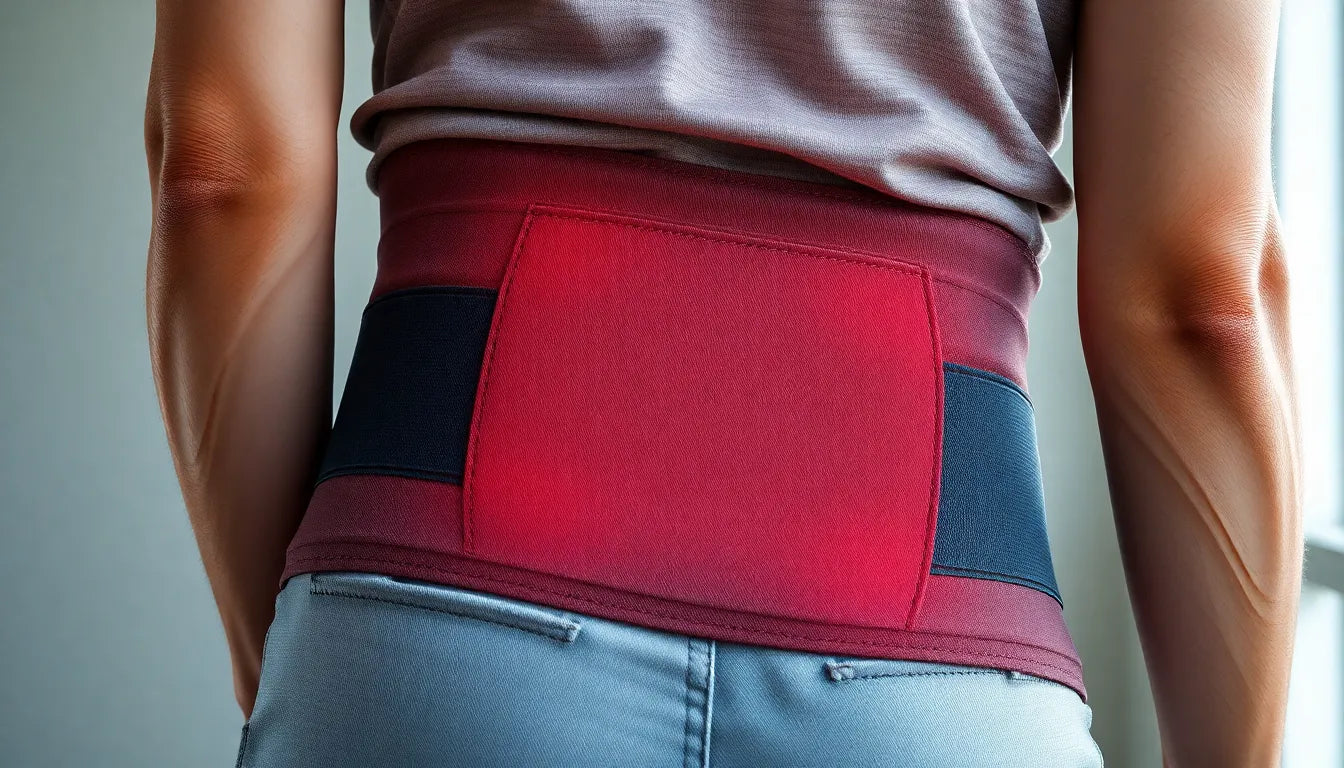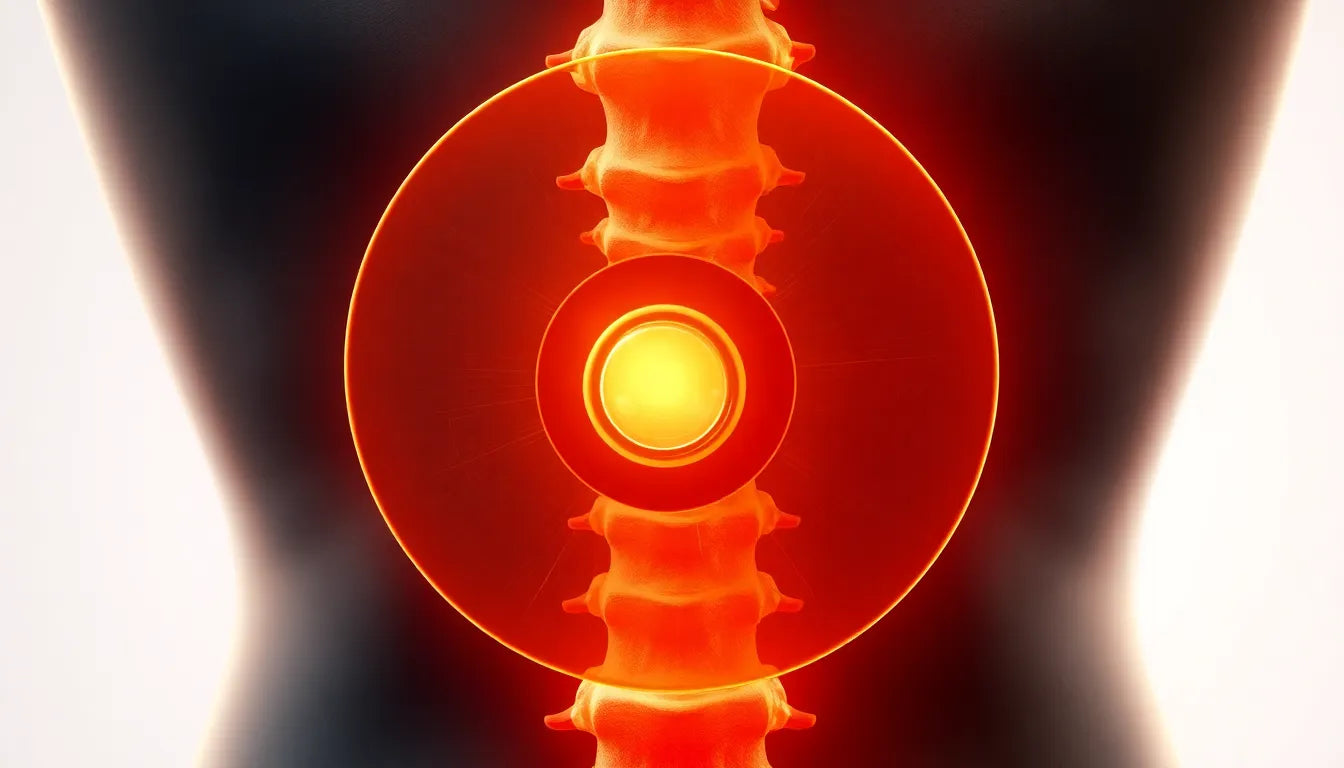Maintaining a healthy spine is crucial for overall well-being, as it supports the body's structure and facilitates movement. Unfortunately, spinal health issues are common, and they can significantly affect daily life. Among the most prevalent conditions impacting spinal health are herniated discs and spondylolisthesis. This article aims to explore these conditions and compare their effects on life quality, helping you understand which might pose a greater challenge.
understanding herniated discs and spondylolisthesis
A herniated disc, often referred to as a slipped disc, occurs when the soft core of a spinal disc pushes through its tougher exterior, potentially compressing nearby nerves. This condition can cause constant pain, particularly when sitting or bending, and may lead to radiating discomfort in the arms or legs. Factors contributing to herniated discs include trauma, improper lifting techniques, and degenerative disc disease.
On the other hand, spondylolisthesis involves the forward slippage of one vertebra over another, resulting in spinal instability. This condition often presents with pain that worsens during physical activities like walking or standing, but typically improves when resting. Causes of spondylolisthesis can range from degenerative changes and trauma to congenital abnormalities.
setting the context for comparison
Comparing herniated discs and spondylolisthesis is complex due to the variability in symptoms and individual experiences. Both conditions can cause significant discomfort, but the nature and triggers of the pain differ. Herniated discs often lead to sharper, more constant pain, whereas spondylolisthesis pain tends to be activity-specific and positional. Understanding these differences is essential for determining which condition might have a more profound impact on one's life.
The goal of this article is to provide a clear comparison of herniated discs and spondylolisthesis, offering insights into their symptoms, causes, and lifestyle implications. By doing so, we aim to assist readers in identifying which condition could potentially affect them more and guide them towards seeking appropriate medical advice for diagnosis and management.
detailed comparison of herniated disc and spondylolisthesis
herniated disc overview
A herniated disc, also known as a slipped disc, occurs when the inner gel-like core of a spinal disc protrudes through its outer shell. This bulging can exert pressure on adjacent nerves, leading to a range of painful symptoms. Individuals with a herniated disc often experience persistent pain that intensifies with activities such as sitting or bending. The pain may also radiate along nerve pathways, affecting the arms or legs. This condition usually arises from trauma, improper lifting techniques, repetitive stress, or degenerative changes in the spine.
spondylolisthesis overview
Spondylolisthesis is characterized by the forward displacement of one vertebra over the one beneath it, resulting in spinal instability. This condition typically manifests as pain that intensifies with physical activities like walking or standing but tends to subside with rest, such as lying down. The causes of spondylolisthesis are varied, including degenerative changes, trauma, or congenital factors. The degree of vertebral slippage is classified into grades, with higher grades indicating more severe displacement and potential complications.
symptom overlap and differentiation
While both herniated discs and spondylolisthesis can cause back pain and nerve-related symptoms, the nature and triggers of these symptoms often differ. Herniated discs are more likely to cause constant, sharp pain, whereas spondylolisthesis pain is often positional and activity-specific. Understanding these distinctions is crucial for proper diagnosis and management.
impact on daily life
pain and mobility challenges
The impact of these conditions on daily life can be significant. A herniated disc may cause continuous pain that affects sitting and bending, making everyday tasks challenging. In contrast, spondylolisthesis often results in pain during standing or walking, with relief found in resting positions. This difference in pain patterns can dictate how individuals manage their daily activities and mobility.
lifestyle adjustments
Both conditions necessitate lifestyle adjustments to manage symptoms effectively. Those with a herniated disc might need to avoid prolonged sitting and practice safe lifting techniques, while individuals with spondylolisthesis may need to limit activities that exacerbate pain, such as extended periods of standing or walking. The psychological impact of living with chronic pain and mobility limitations can also be profound, affecting mental health and overall quality of life.
visual aid: comparison table
| Condition | Causes | Common Symptoms | Lifestyle Impact |
|---|---|---|---|
| Herniated Disc | Trauma, improper lifting, degenerative changes | Constant pain, nerve compression, radiating pain | Affects sitting and bending, requires posture adjustments |
| Spondylolisthesis | Degenerative changes, trauma, congenital factors | Activity-related pain, positional relief | Limits standing/walking, requires activity modification |
This detailed comparison highlights how herniated discs and spondylolisthesis impact individuals differently, emphasizing the importance of understanding each condition's unique challenges. By recognizing these differences, individuals can better manage their symptoms and seek appropriate medical advice for diagnosis and treatment.
management and treatment options
Managing herniated discs and spondylolisthesis involves a range of treatment strategies tailored to the specific needs of the individual. For those suffering from a herniated disc, conservative approaches are often the first line of treatment. These include physical therapy to strengthen the back muscles, pain management through medications, and lifestyle modifications to avoid activities that exacerbate symptoms. In more severe cases, surgical intervention may be necessary to relieve nerve compression and restore function.
Spondylolisthesis treatment also begins with non-surgical options, focusing on activity modification and physical therapy to enhance stability and reduce pain. If these measures fail to improve the condition, surgical options such as spinal fusion may be considered to correct vertebral slippage and stabilize the spine. Accurate diagnosis through imaging is crucial to developing an effective treatment plan, ensuring that the chosen approach addresses the specific characteristics of the condition.
coexistence and complications
In some cases, individuals may experience both herniated discs and spondylolisthesis simultaneously, complicating the treatment process. The coexistence of these conditions can lead to more pronounced symptoms and a greater impact on daily life. Comprehensive diagnostic imaging is essential in such scenarios to accurately assess the extent of each condition. A multidisciplinary approach, involving specialists from various fields, can be beneficial in creating a holistic treatment plan that addresses all aspects of a patient's spinal health.
conclusion
Herniated discs and spondylolisthesis each present unique challenges that can significantly impact an individual's quality of life. While herniated discs often cause constant, sharp pain, spondylolisthesis pain is typically activity-related and positional. Understanding these differences is crucial for effective management and treatment. Those experiencing symptoms should seek professional medical advice to obtain an accurate diagnosis and develop a tailored treatment plan. By doing so, individuals can take proactive steps towards improving their spinal health and overall well-being.
frequently asked questions
What are the main differences between a herniated disc and spondylolisthesis?
A herniated disc occurs when the soft inner material of a spinal disc bulges or ruptures through its outer layer, often compressing nearby nerves. In contrast, spondylolisthesis involves the slippage of one vertebra over another, leading to spinal instability. The symptoms and triggers for these conditions differ, with herniated discs causing more constant pain and spondylolisthesis pain being activity-specific.
How can I tell which condition I have?
Determining whether you have a herniated disc or spondylolisthesis requires professional evaluation. A healthcare provider will likely conduct a physical examination and recommend diagnostic imaging, such as an MRI or X-ray, to accurately diagnose the condition and assess its severity.
Can both conditions be treated non-surgically?
Yes, both herniated discs and spondylolisthesis can often be managed with non-surgical treatments. These typically include physical therapy, pain management, and lifestyle modifications. However, if symptoms persist or worsen, surgical options may be considered.
When should I see a doctor for back pain?
It is advisable to consult a healthcare professional if you experience persistent back pain that interferes with daily activities, or if you notice symptoms such as numbness, weakness, or pain radiating to the limbs. Early diagnosis and intervention can prevent the progression of spinal conditions and improve outcomes.
Sources
- Ortho-Surgeon.com. (2023). "Herniated Disc vs. Spondylolisthesis."
- Penn Medicine. (2023). "Spondylolisthesis."
- SpineInfo.com. (2023). "Herniated Disc and Spondylolisthesis Comparison."
- ANSSI Wellness. (2023). "Spinal Conditions: Herniated Disc vs. Spondylolisthesis."
- Dynamic Disc Designs. (2023). "Herniated Discs and Spondylolisthesis."
- MyChiro. (2023). "Spinal Health: Herniated Disc and Spondylolisthesis Treatment."


















